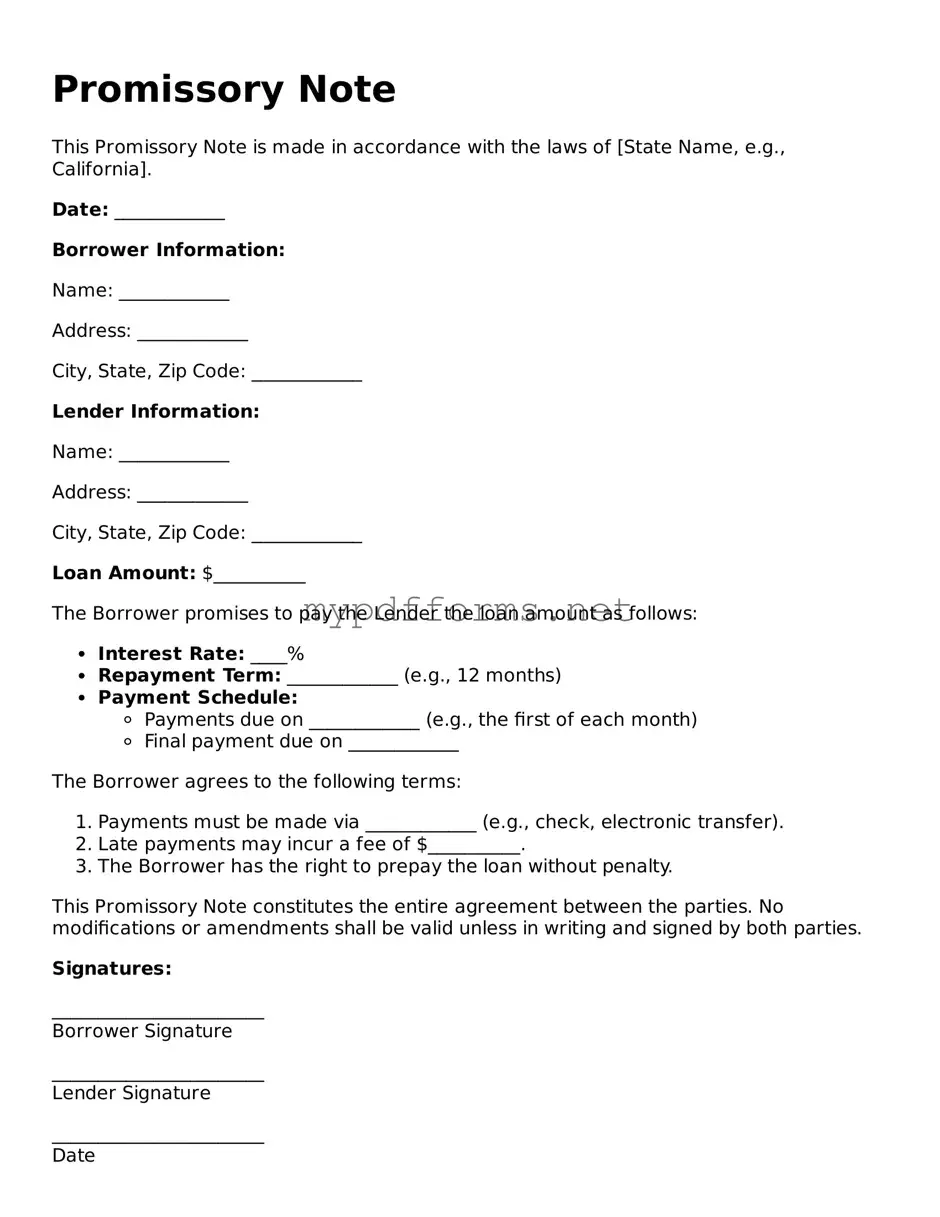A loan agreement is a document that outlines the terms of a loan between a lender and a borrower. Like a promissory note, it specifies the amount borrowed, the interest rate, and the repayment schedule. However, a loan agreement often includes additional clauses that address the rights and responsibilities of both parties, collateral requirements, and default conditions. While a promissory note serves primarily as a promise to pay, a loan agreement provides a more comprehensive framework for the transaction.
To ensure a successful transaction, it is crucial to utilize the proper documentation, such as the comprehensive Maryland Trailer Bill of Sale form available online. This document can streamline the transfer process, providing necessary legal protection for both the buyer and seller. For more details, you can visit the Trailer Bill of Sale form page.
A mortgage is another document that shares similarities with a promissory note. In a mortgage, the borrower pledges real estate as collateral for the loan. The promissory note in this case represents the borrower's promise to repay the loan amount, while the mortgage secures the lender's interest in the property. Both documents work in tandem; the mortgage provides the lender with a legal claim to the property if the borrower defaults on the promissory note.
A personal guarantee is a document that an individual signs to assume responsibility for a debt. This is similar to a promissory note because it represents a commitment to pay. In cases where a business takes out a loan, a personal guarantee may be required from the business owner. If the business defaults, the lender can pursue the individual for repayment, just as they would with a promissory note.
An IOU is a simple acknowledgment of a debt. It is less formal than a promissory note but serves a similar purpose by indicating that one party owes money to another. An IOU typically lacks the detailed terms found in a promissory note, such as interest rates and repayment schedules. However, both documents signify a debt obligation and can be used to track informal loans between individuals.
A credit agreement outlines the terms under which credit is extended to a borrower. Similar to a promissory note, it details the amount of credit, interest rates, and repayment terms. Credit agreements are often used in business contexts and can involve revolving credit lines. While a promissory note focuses on a specific loan amount, a credit agreement may cover multiple transactions and provide more flexibility in borrowing.
A bond is a formal debt security issued by corporations or governments. It is similar to a promissory note in that both represent a promise to repay borrowed money. However, bonds are typically sold to investors and may have longer maturities. Unlike a promissory note, which is often a private agreement, bonds are publicly traded and can be bought and sold in the financial markets.
A lease agreement is a document that allows one party to use property owned by another party in exchange for payment. While it primarily pertains to the rental of property, it can resemble a promissory note in that it involves a promise to pay a specified amount over time. Both documents establish a financial obligation, though a lease agreement also includes terms related to the use and maintenance of the property being leased.
